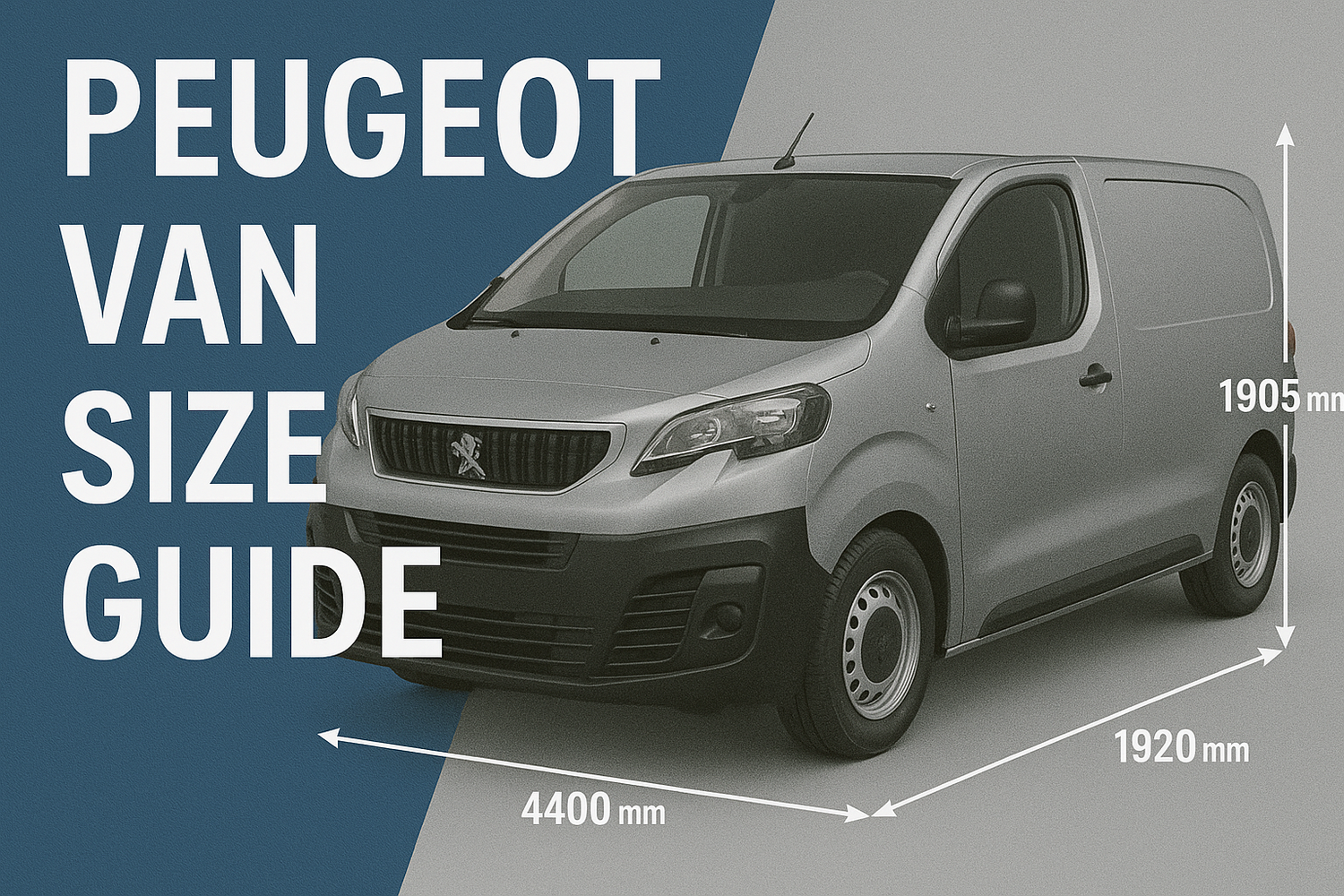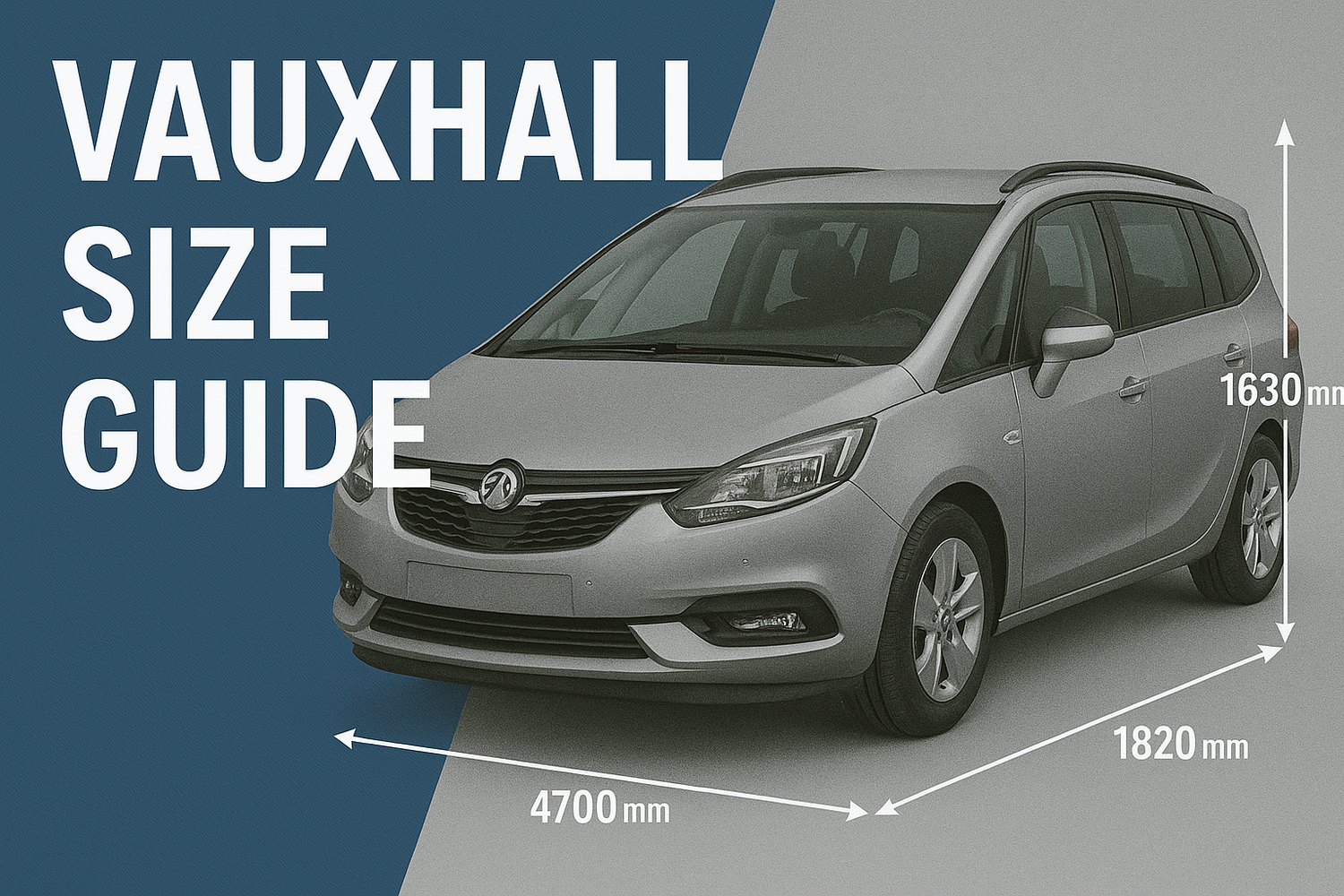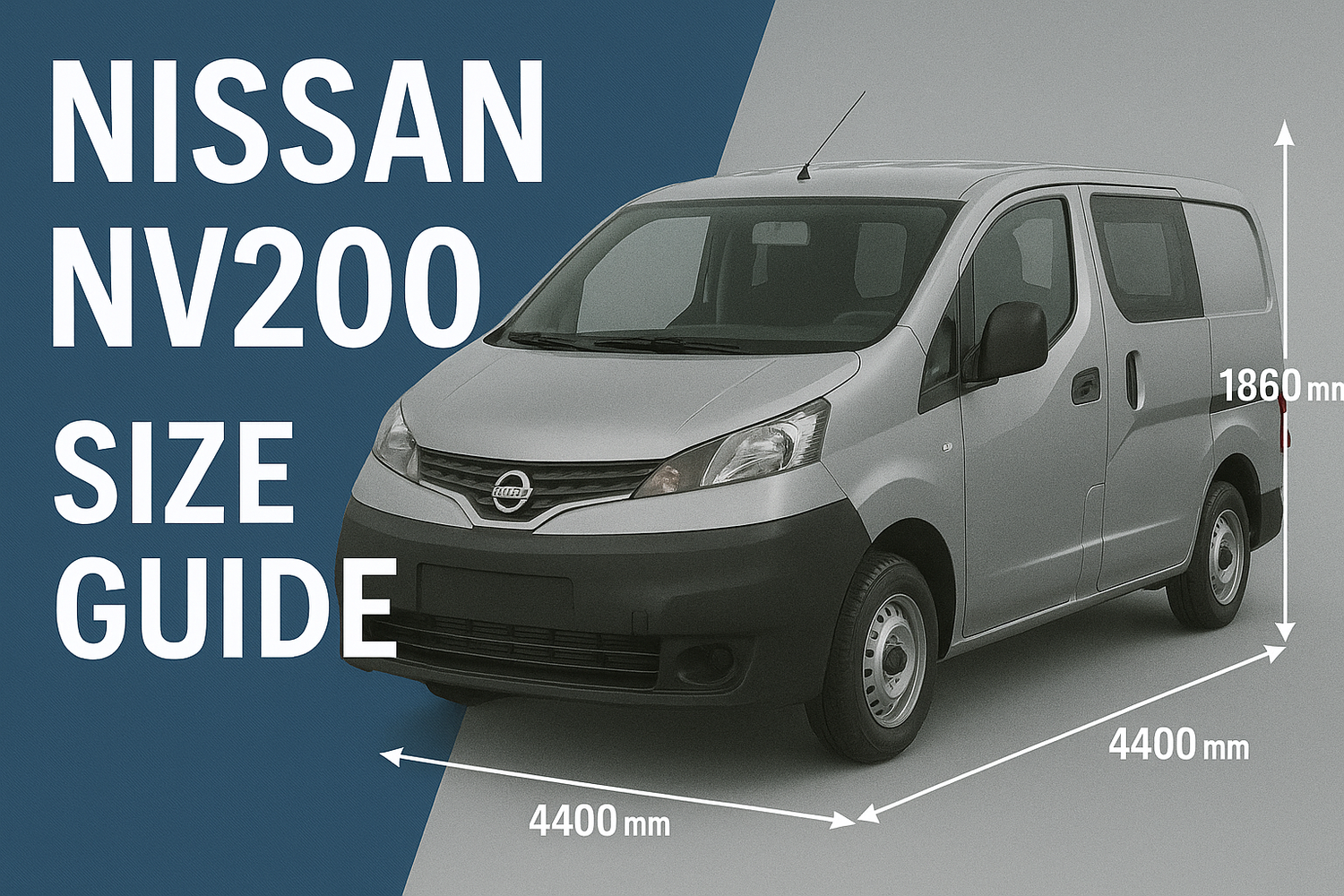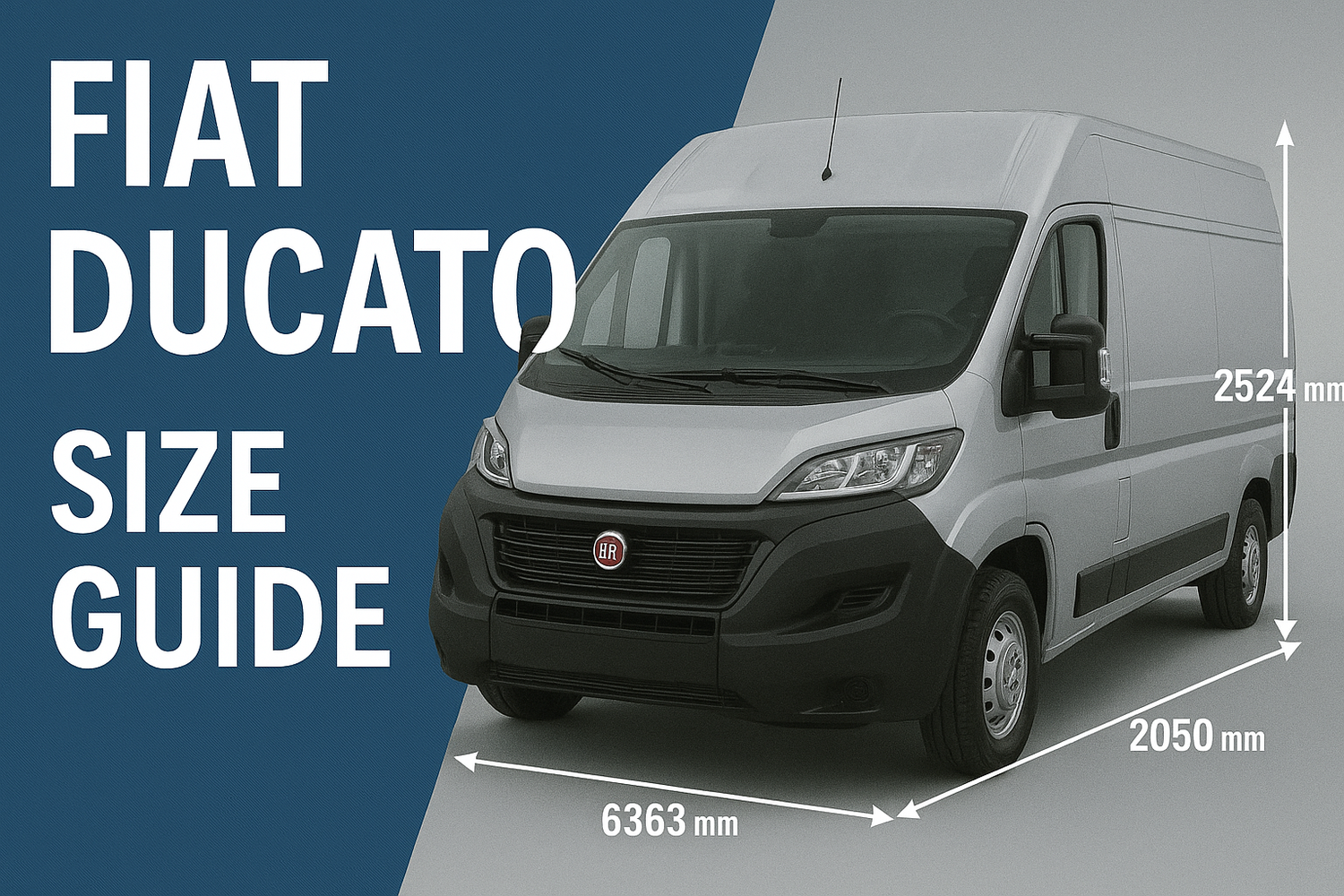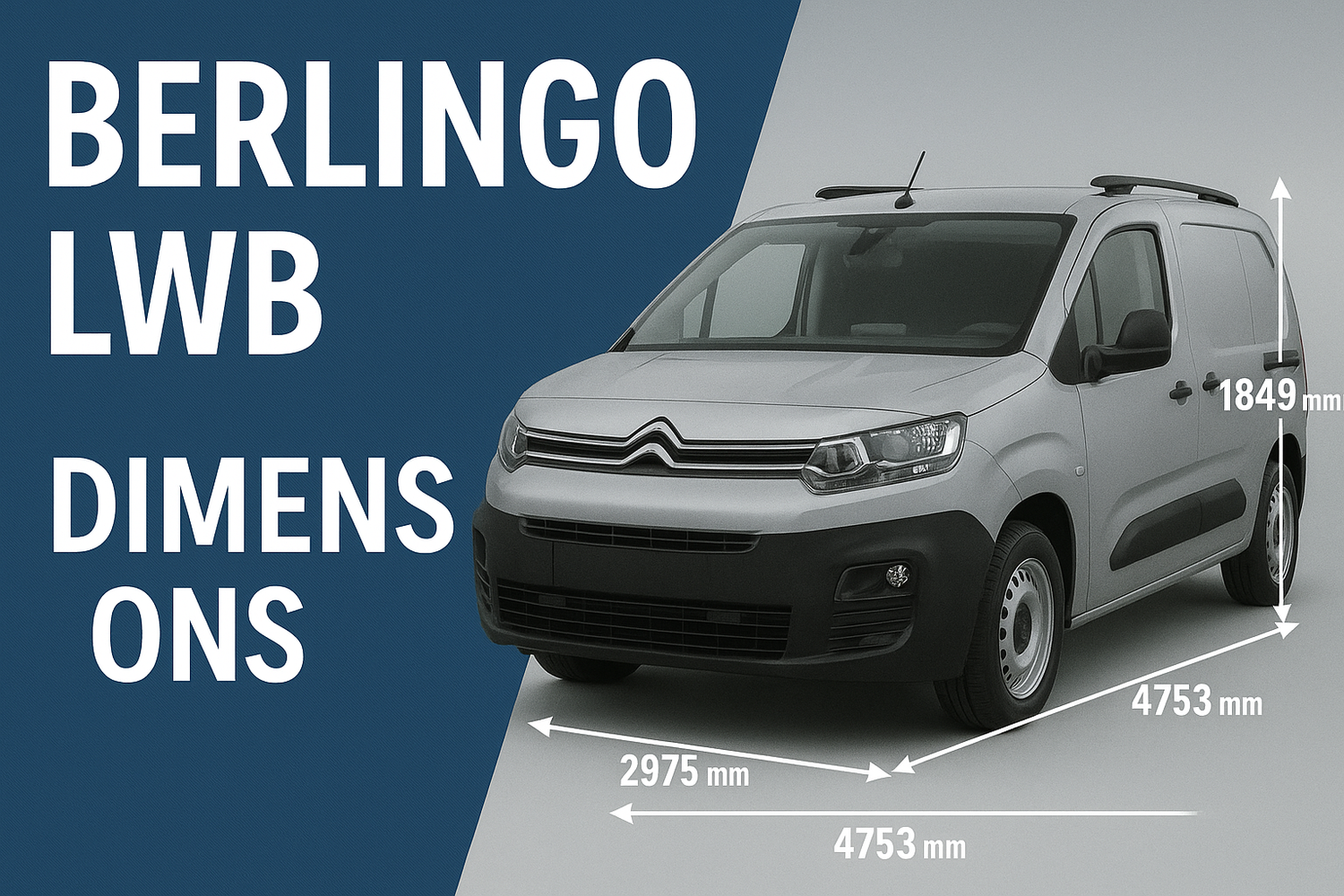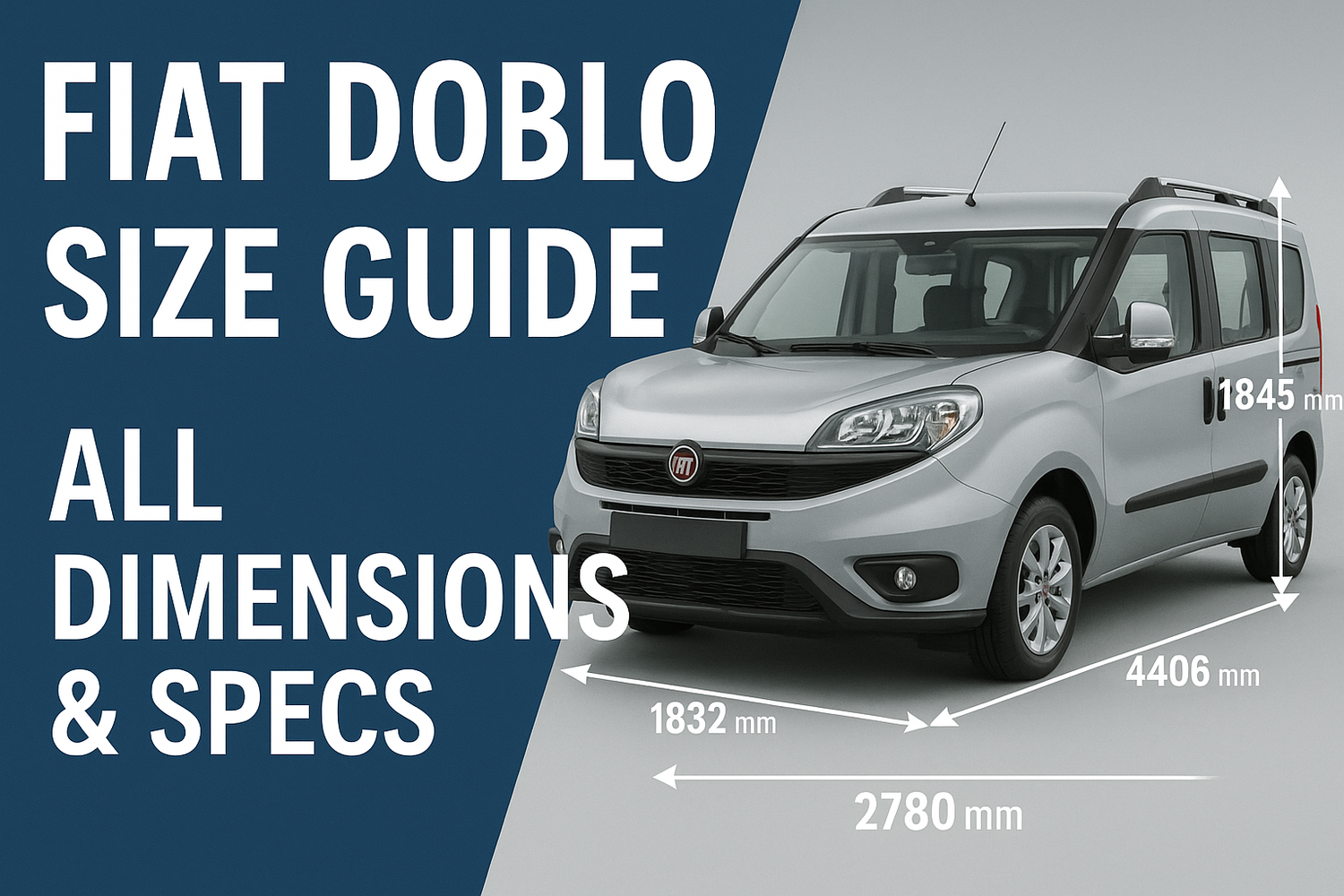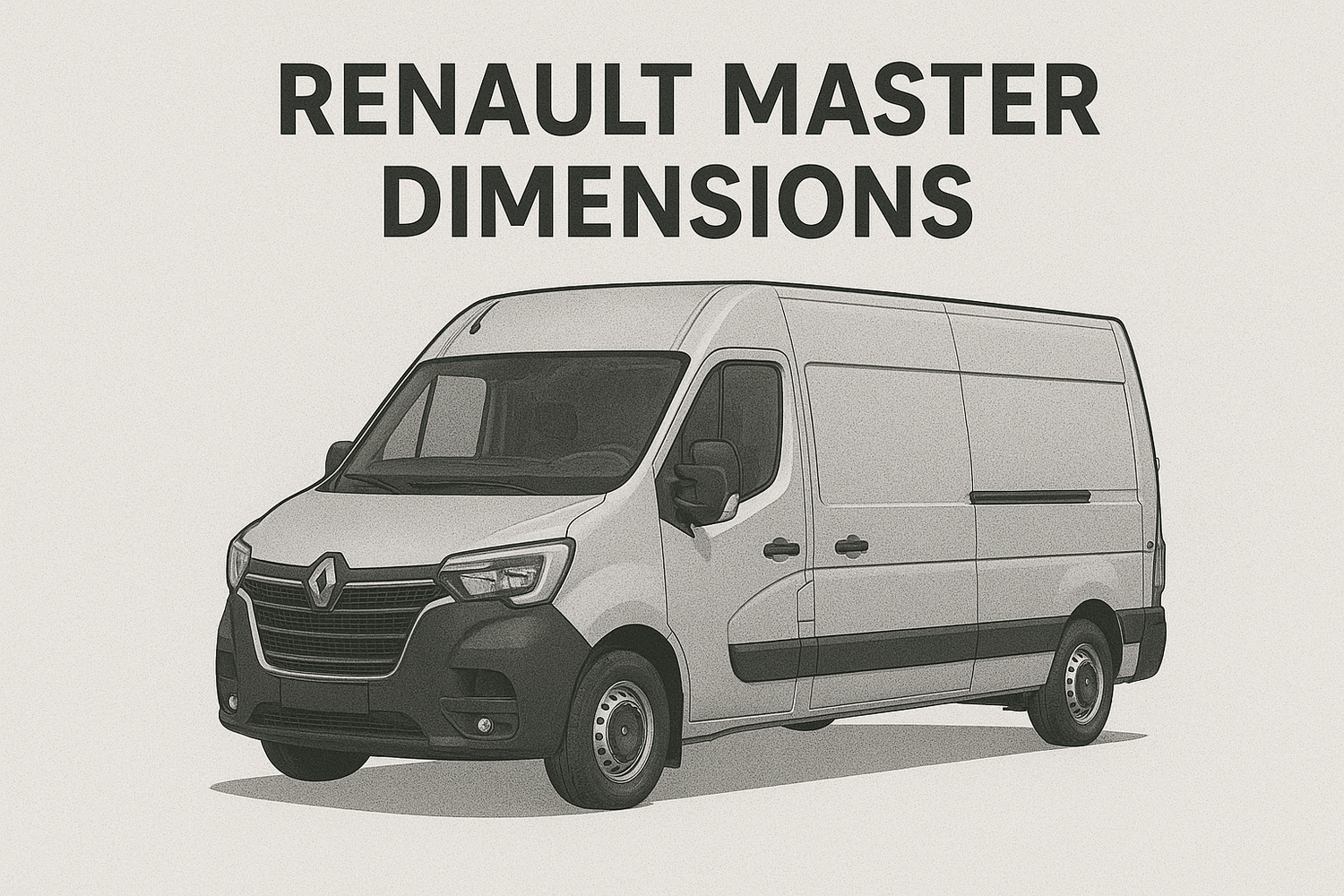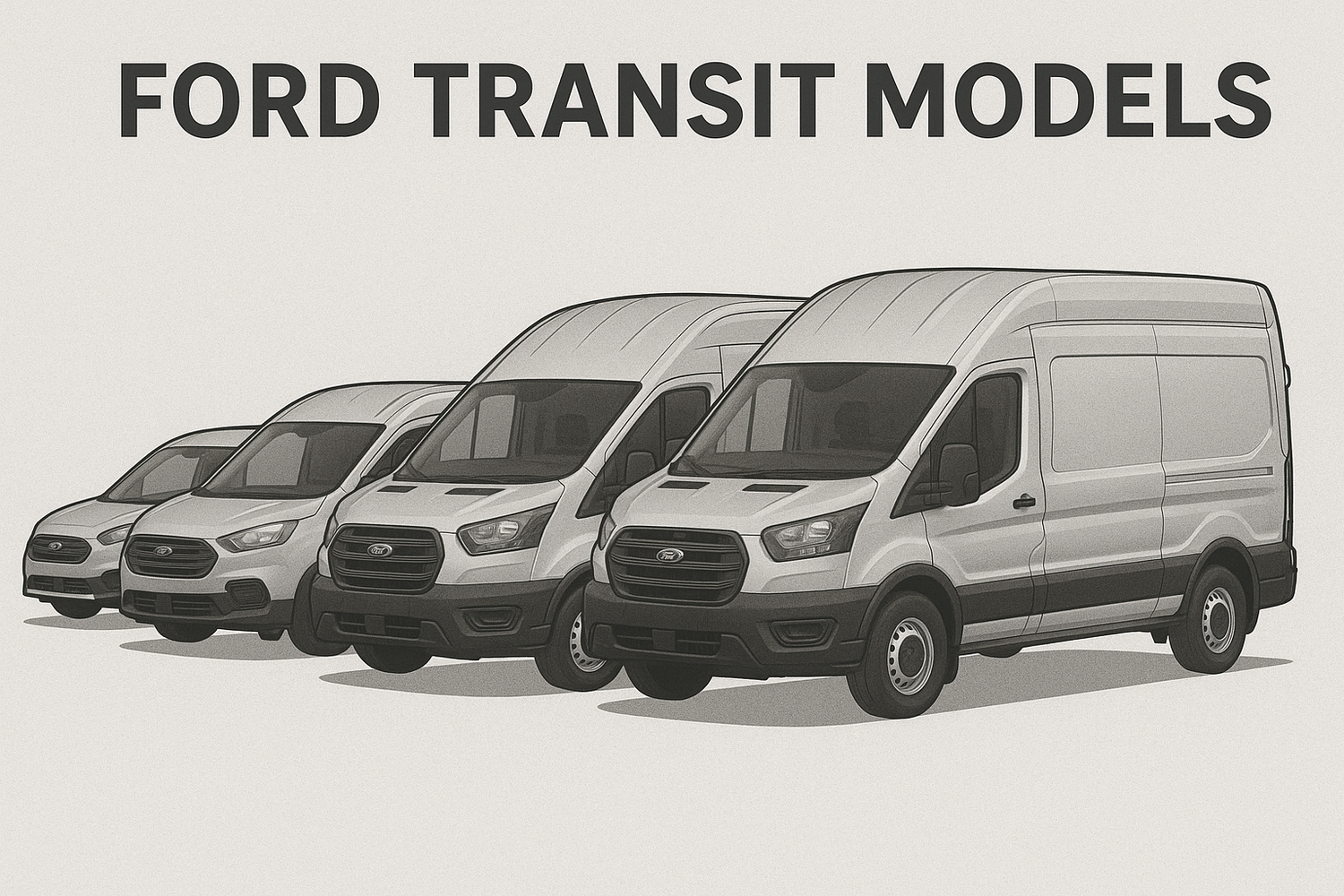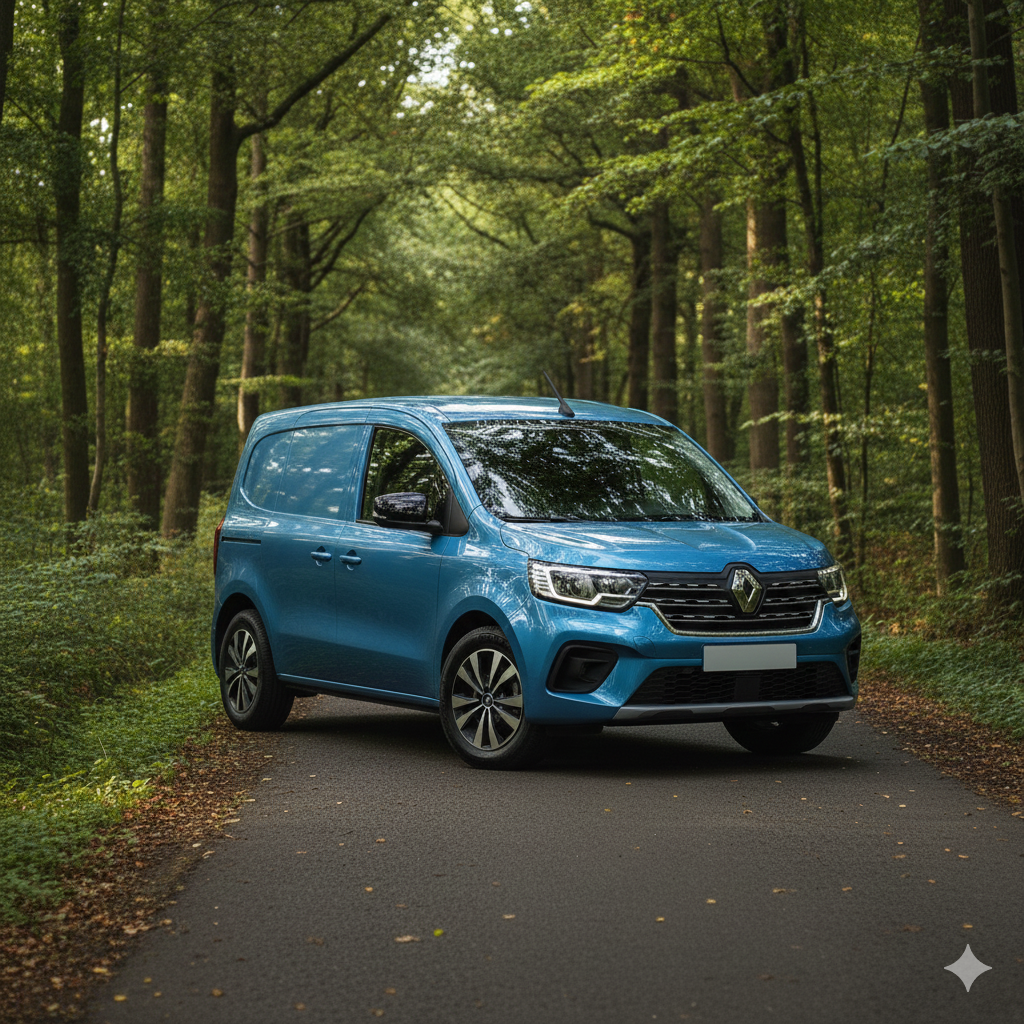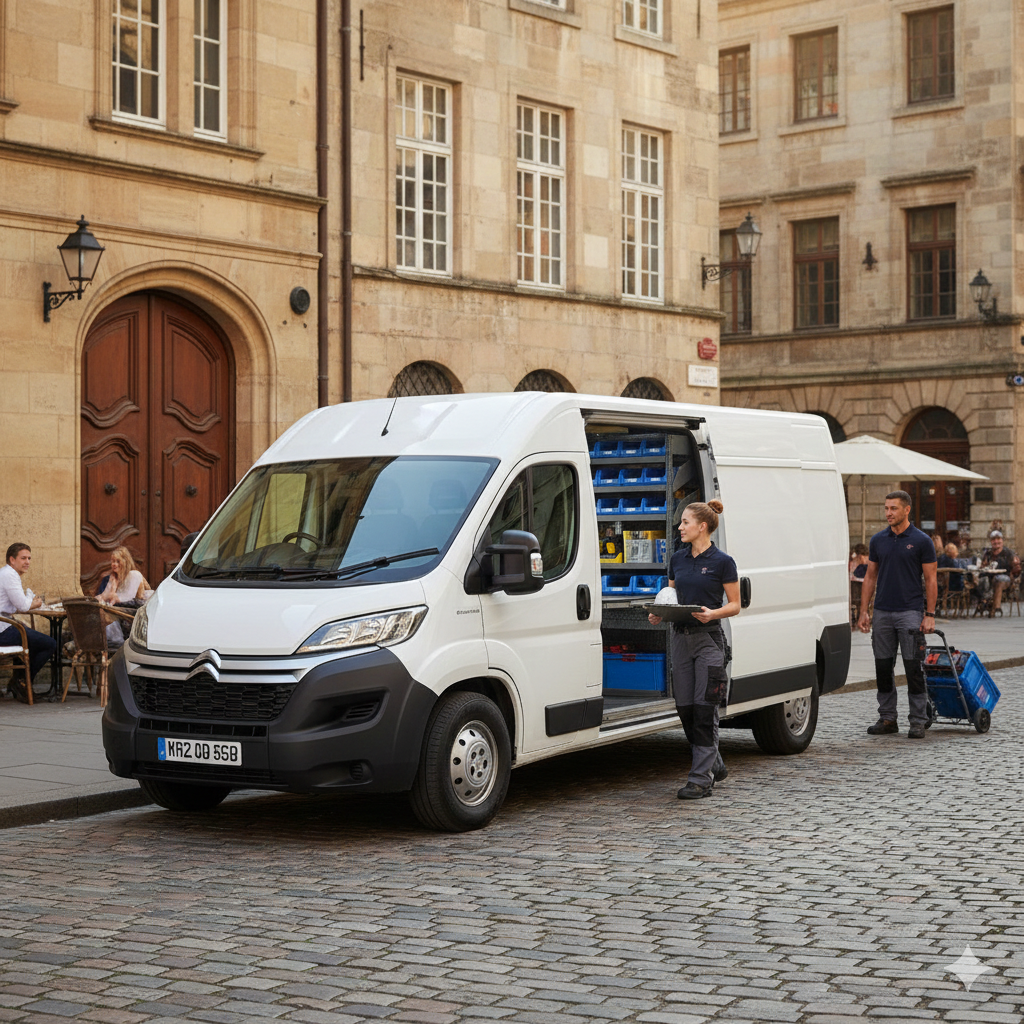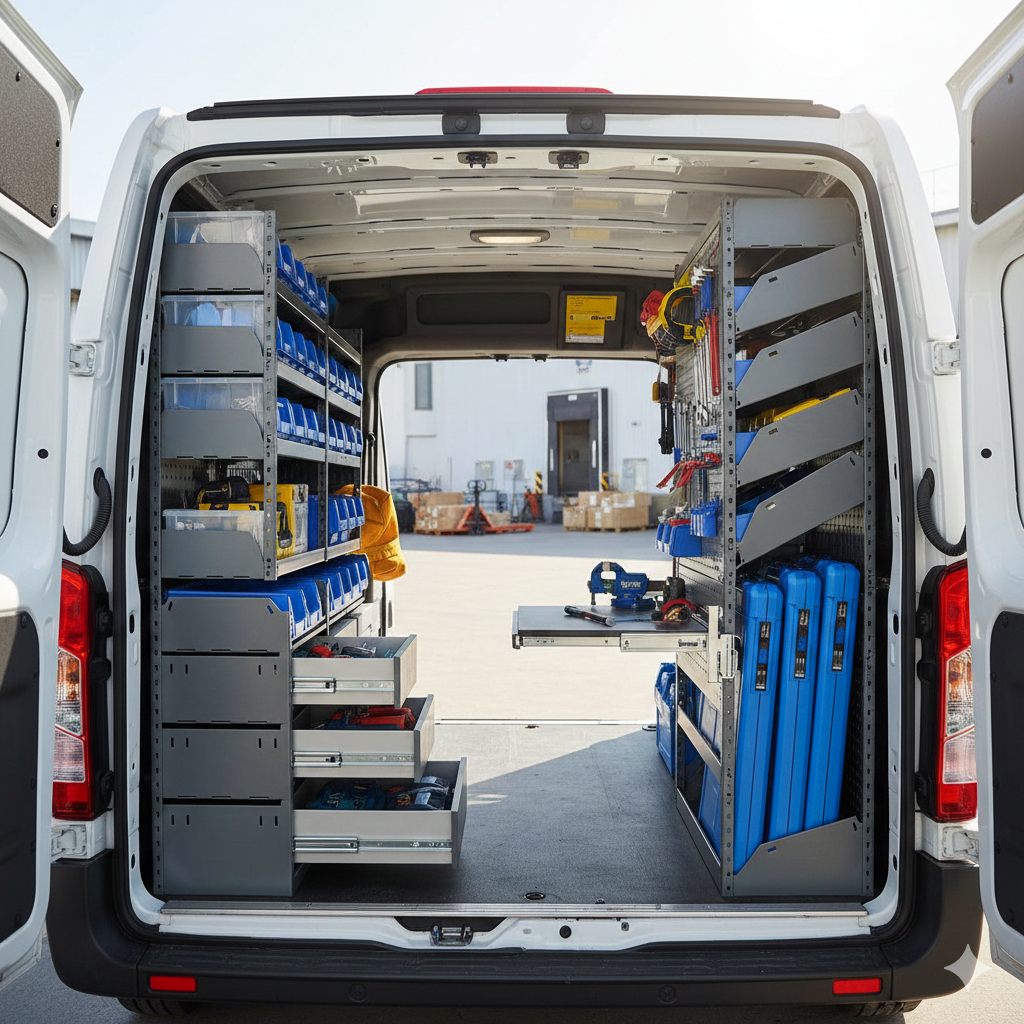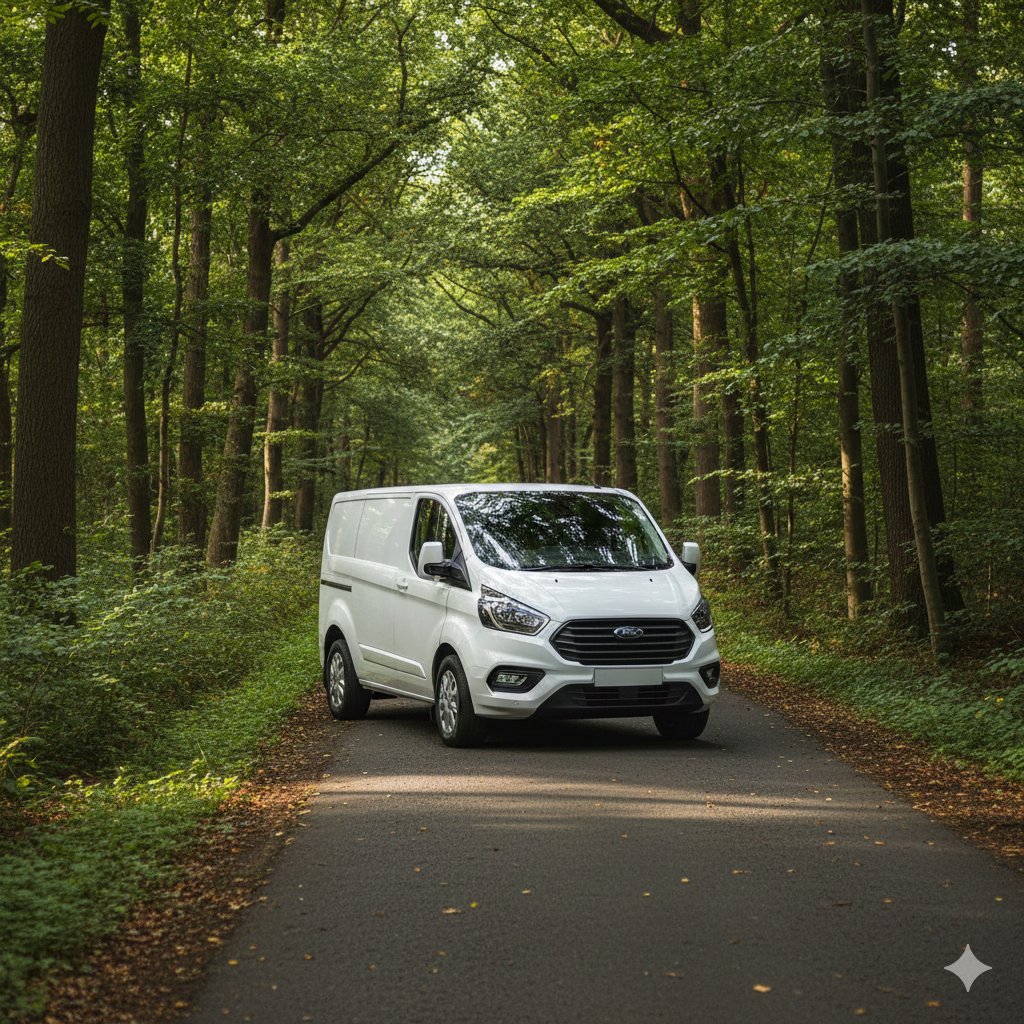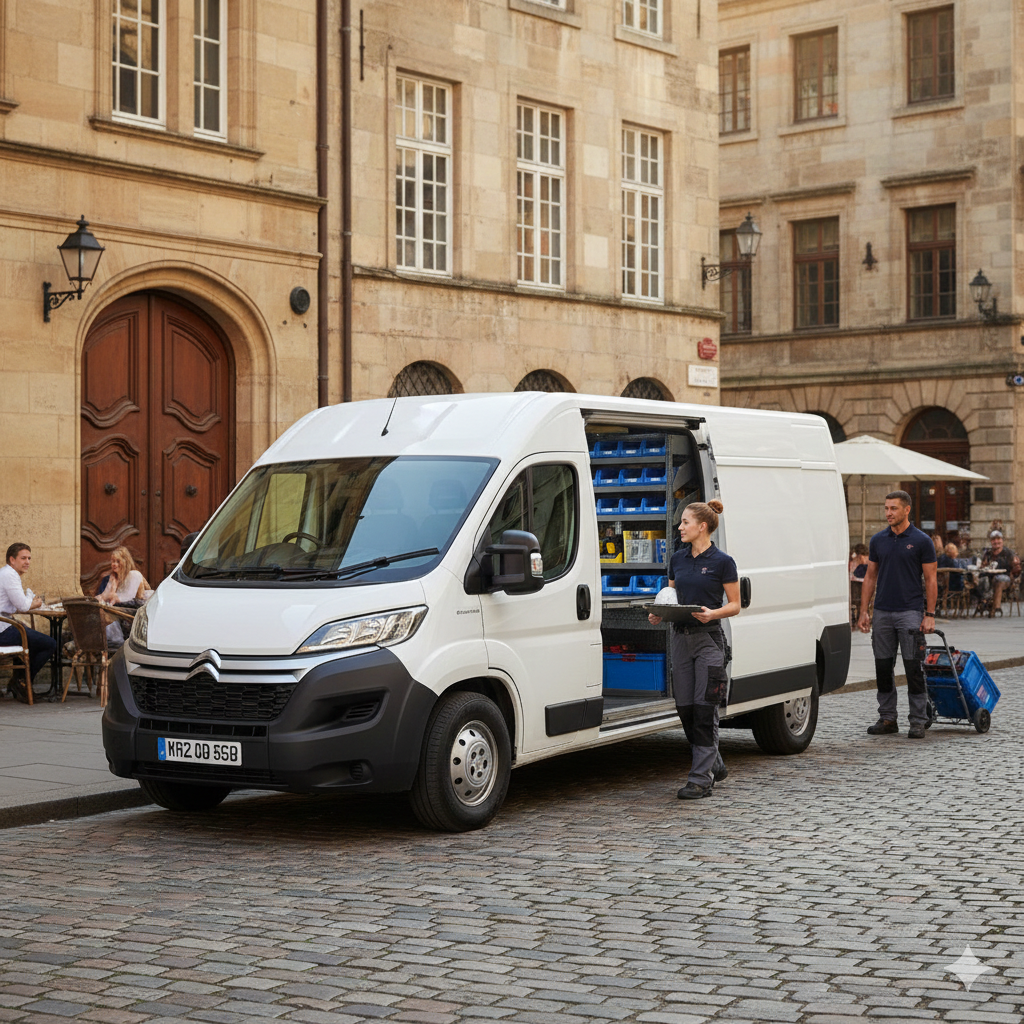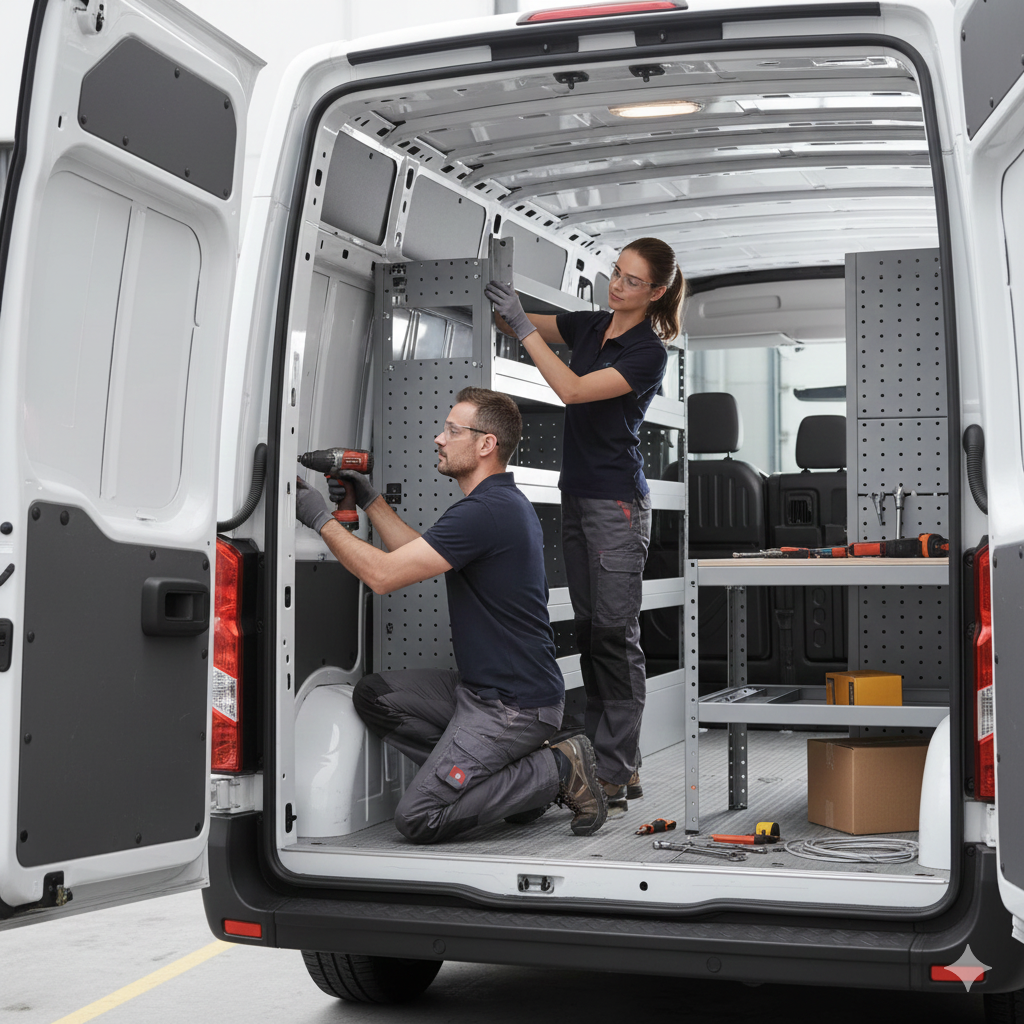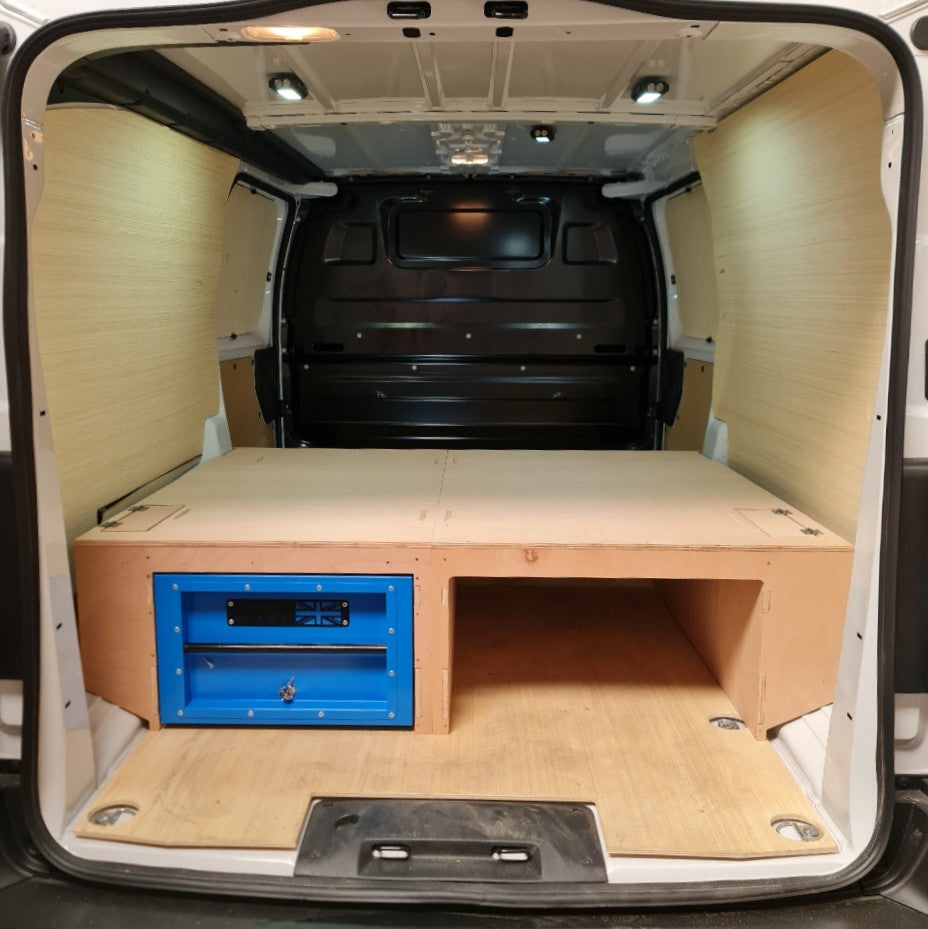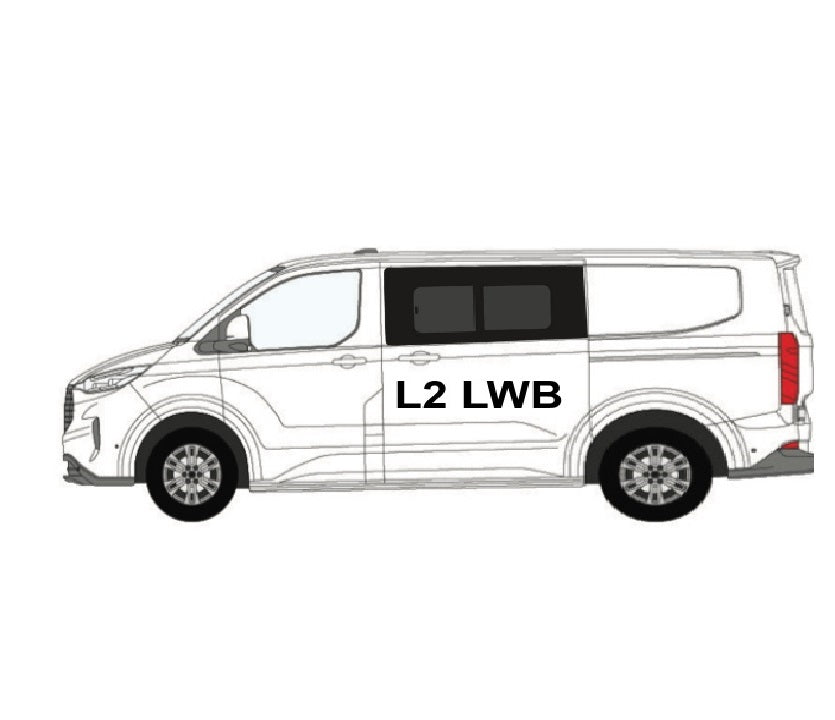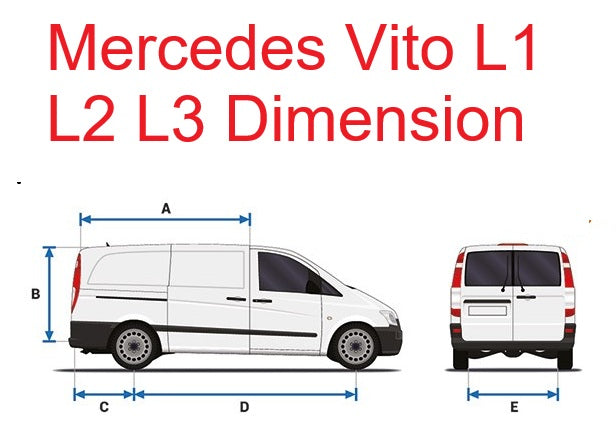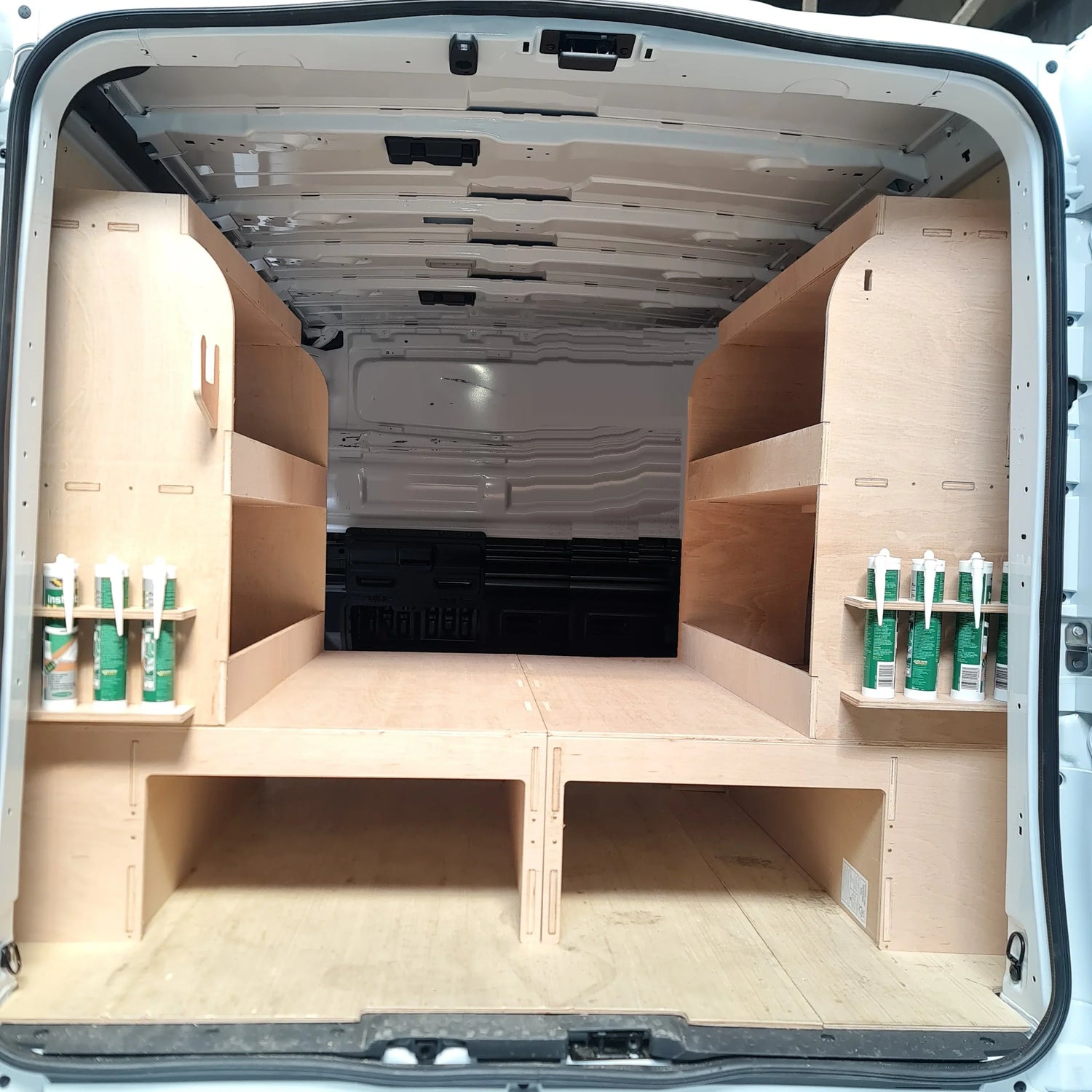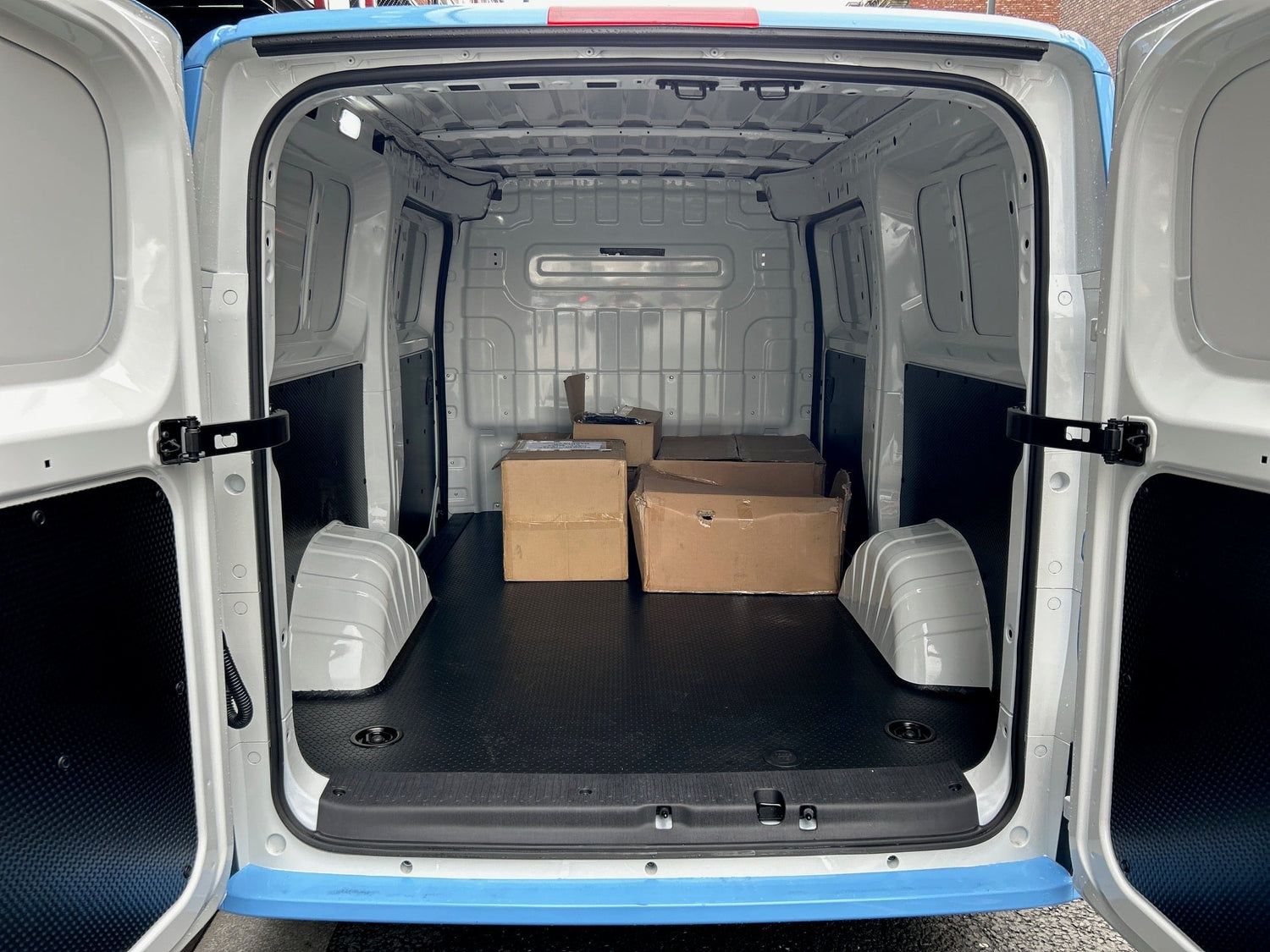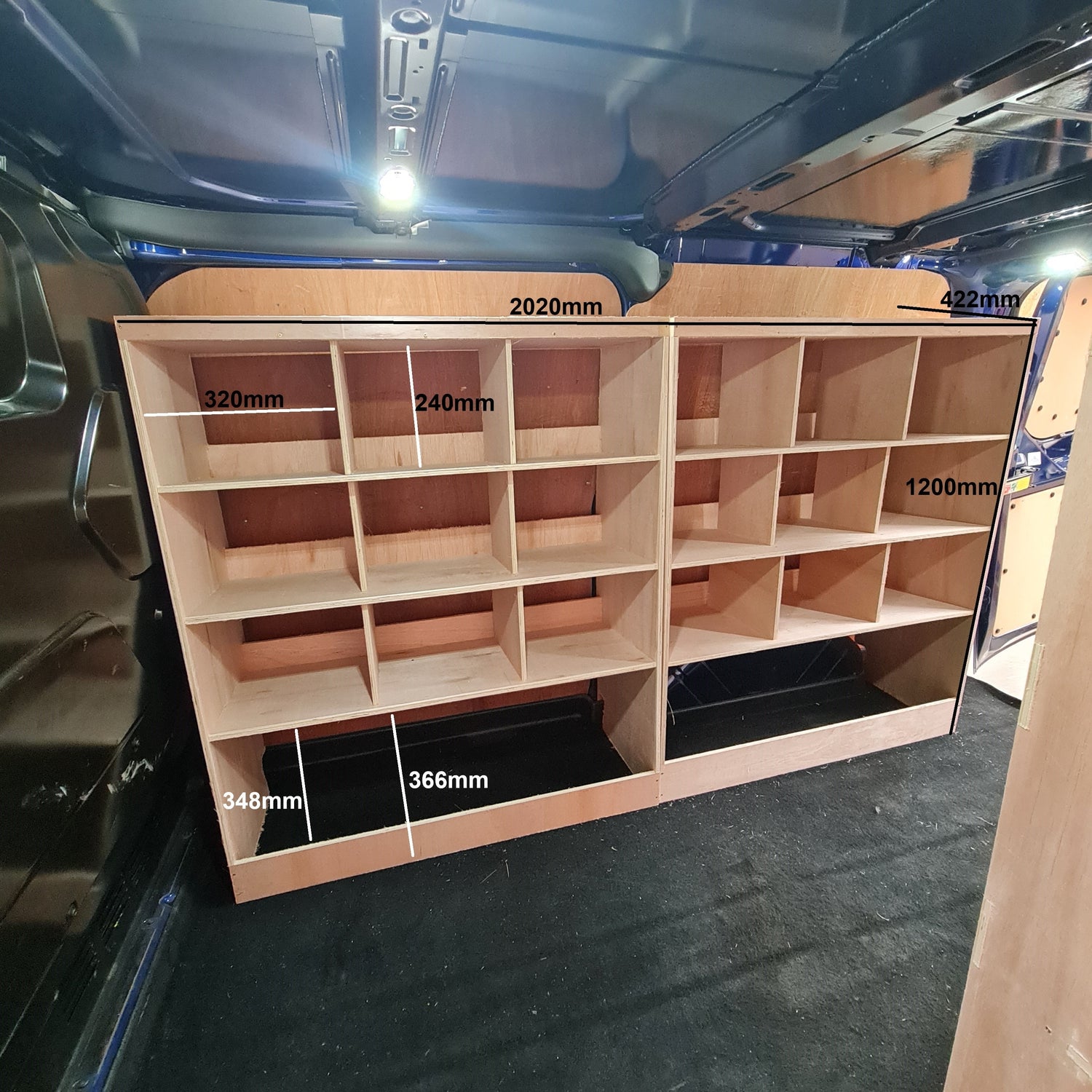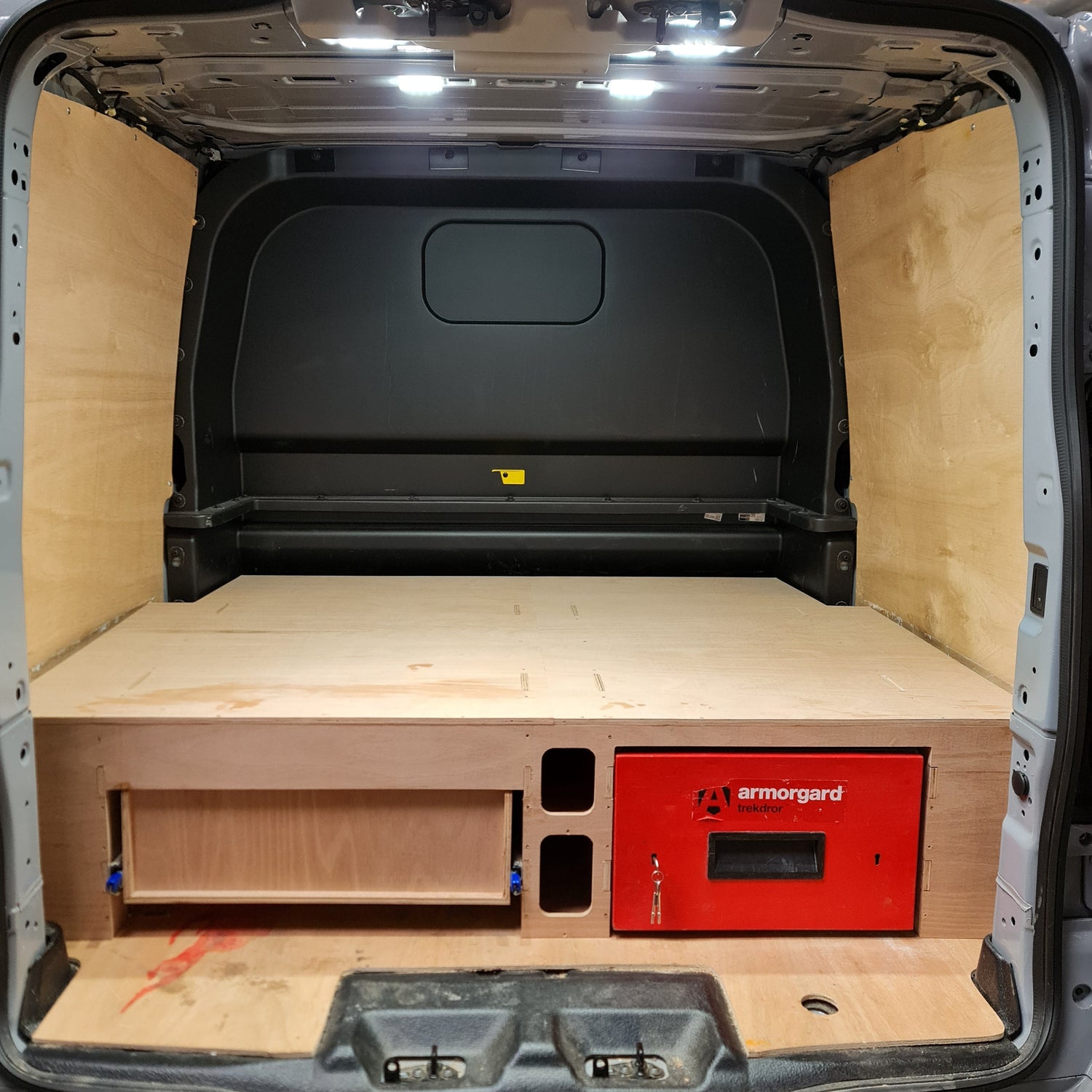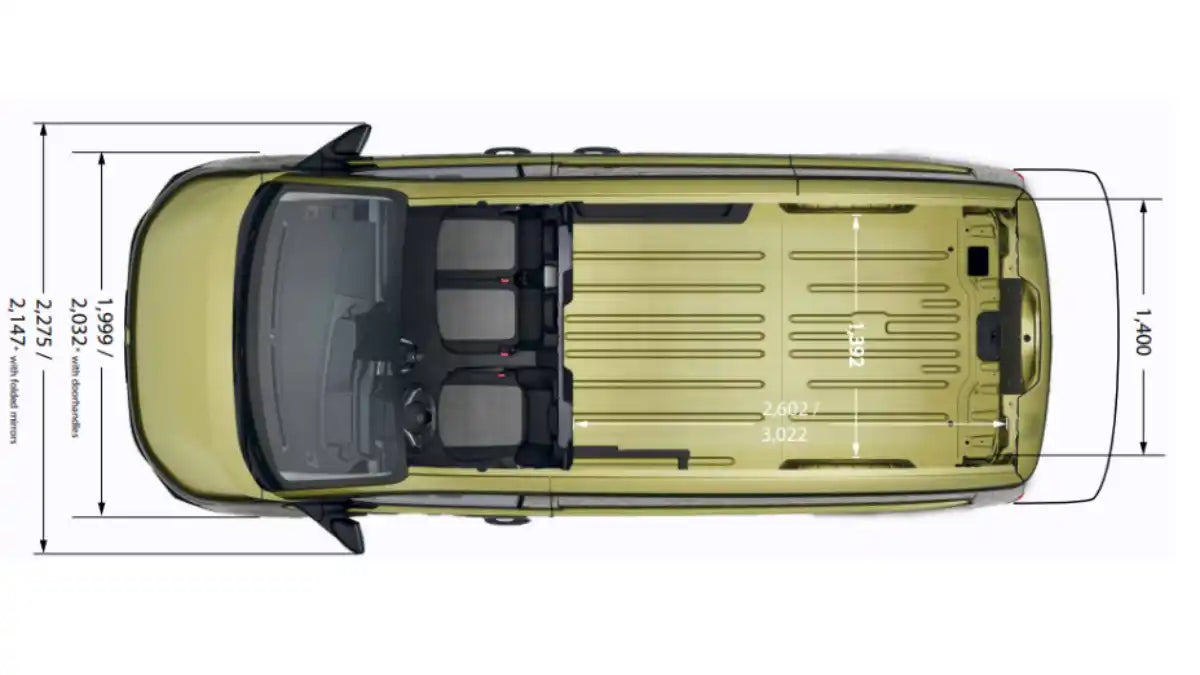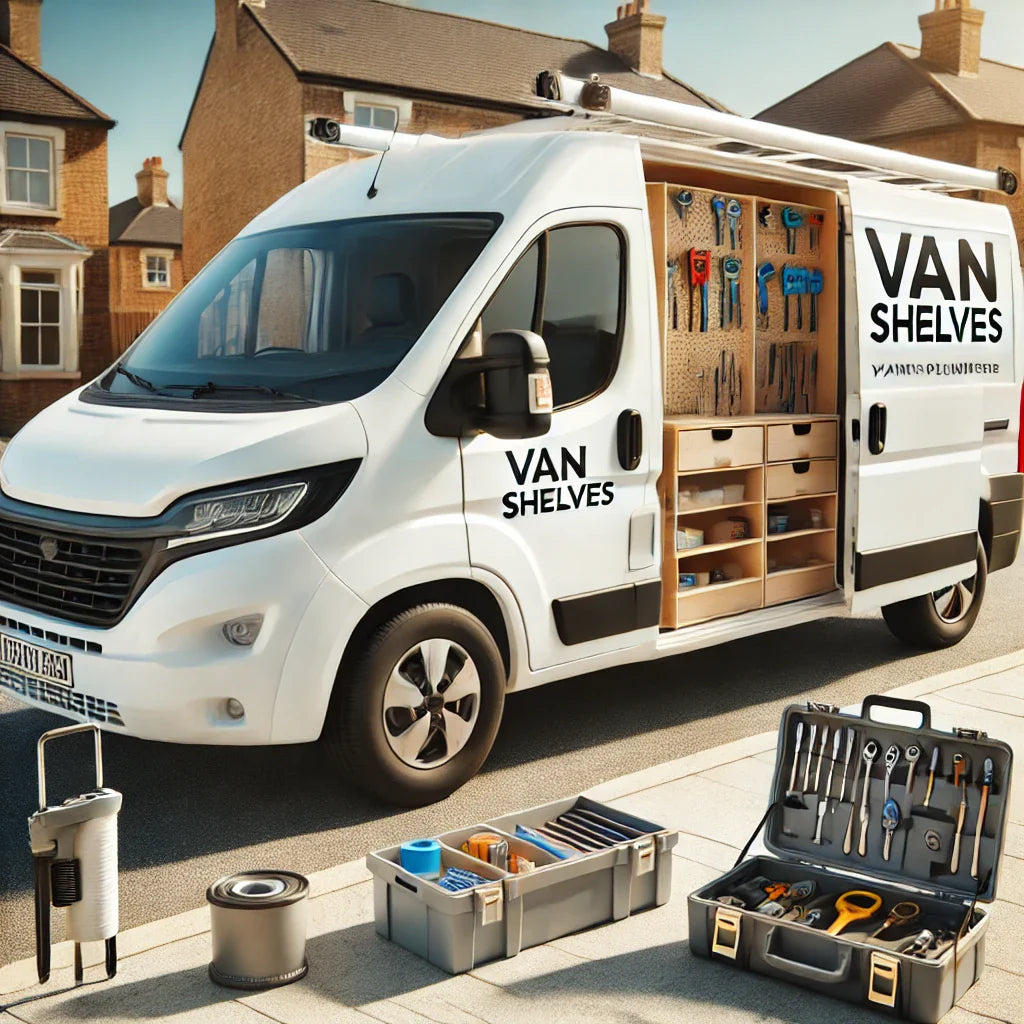Whether you've just purchased your first van, use one for work, or have rented one to help with moving, it's understandable if you're feeling a bit nervous about driving a vehicle that's different from your usual car.
It's not unusual for new van drivers to find operating a van more challenging than a regular car. But with a few simple adjustments and considerations to your driving habits, you can build confidence behind the wheel of your van.
Here are 7 key tips to help you feel at ease the next time you drive your van.
- Get Comfortable Before you start the engine, take a moment to adjust your seat and mirrors so that you’re in the most comfortable position for you.
Since driving a van often involves spending more time on the road, being in a comfortable driving position is essential to avoid unnecessary aches and pains.
The most noticeable difference when sitting in a van is the elevated seat position and the larger wing mirrors. Although you’ll have less visibility from the rear-view mirror, the bigger mirrors provide a better view of the road. Don’t be intimidated by the unfamiliar feel—make sure to adjust for a more comfortable drive.
- Familiarize Yourself with Your Van While comfort is crucial, it's equally important to know how your van operates.
Before hitting the road, make sure you're familiar with the vehicle’s controls, like the air conditioning, radio, lights, and wipers. You don’t want to be caught off guard when it gets dark or the weather turns.
Also, be aware of your van's size. Knowing the exact dimensions of your vehicle can prevent mishaps, such as getting stuck under a low bridge or car park barrier.
- Properly Load Your Van Whether you’re filling your van with tools, goods, or furniture, knowing how to load your van safely can help you avoid injury.
Whenever possible, avoid lifting heavy items by yourself and always ensure you know the van's capacity. You don’t want to find yourself with more goods than space in your van.
- Adjust Your Driving Style When driving a van loaded with goods, it's important to drive slowly and carefully.
Volkswagen’s research revealed that a fully loaded van takes an additional two metres to stop at 30mph compared to an empty one, with that distance increasing at higher speeds.
Besides longer braking distances, you should be cautious of your van's size and the additional blind spots that come with it. Be mindful when turning corners and navigate narrower streets with extra caution.
- Parking Your Van The size of your van will be larger than a typical car, which can make parking trickier.
Whether you’re parallel parking or reversing into a space, it helps to have a passenger guide you. Ensure there’s plenty of room behind the van if you need to open the back doors to unload items, especially if your van has swinging doors.
- Van Driving Etiquette The stereotype of the reckless "white van man" is outdated. As a responsible van driver, it’s important to be courteous to other road users and remember that your vehicle occupies more space than most cars.
Don’t take unnecessary risks, and let others pass if there’s not enough room for your van to go by.
- Check Your Insurance Regardless of whether the van is yours, a company vehicle, or a rental, it’s essential to understand the insurance coverage.
If you're using the van for work, like carrying tools or transporting goods, consider looking into specialized van racking shelves from sites like vanshelves.co.uk to optimize your cargo space. Additionally, specialized van insurance could protect both the vehicle and its contents.
Most van rental agreements offer basic insurance, but make sure to read the details to understand what is and isn’t covered in case of an accident.
Also, be aware of the level of breakdown cover you have. If the van is for work purposes, ensure you're covered by a commercial breakdown policy, as personal breakdown cover might not extend to business vehicles.

